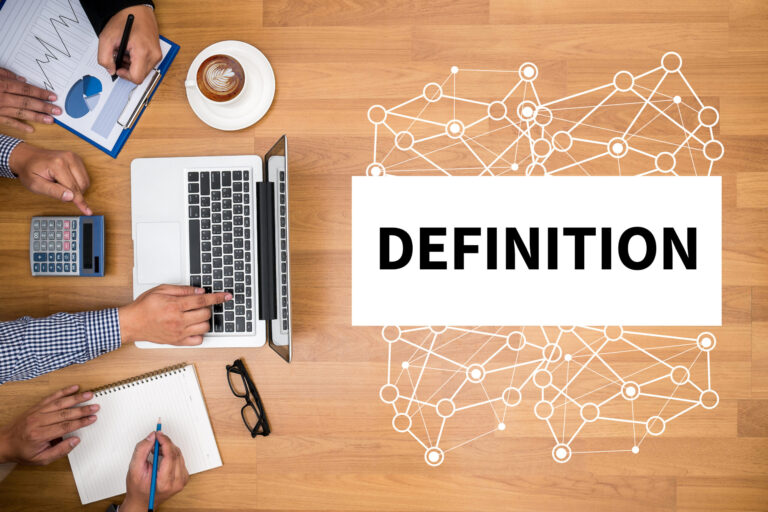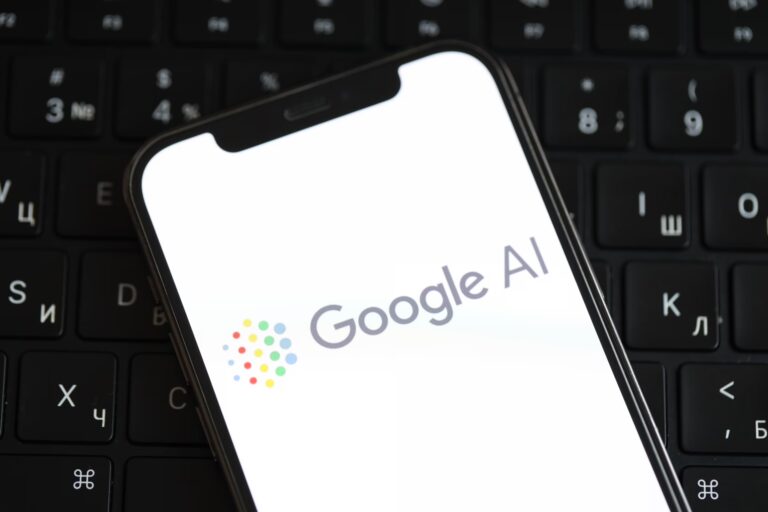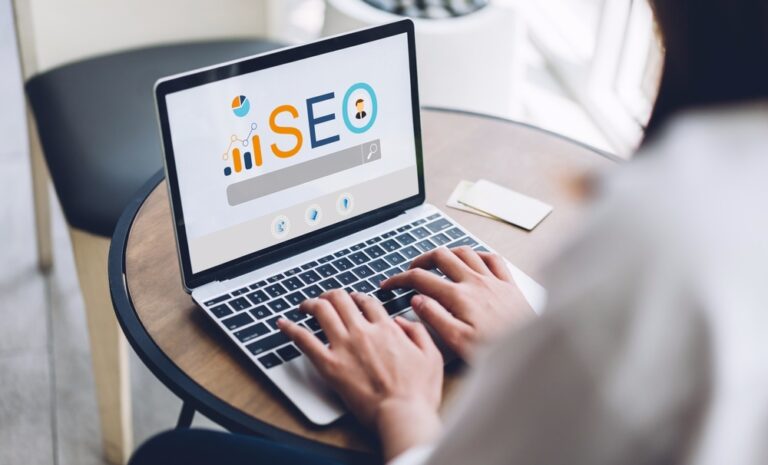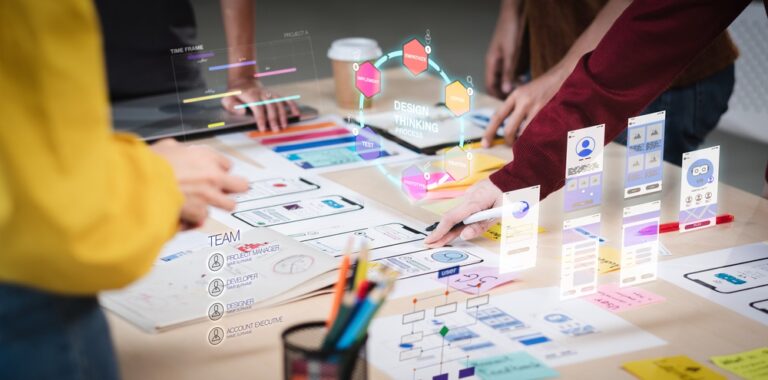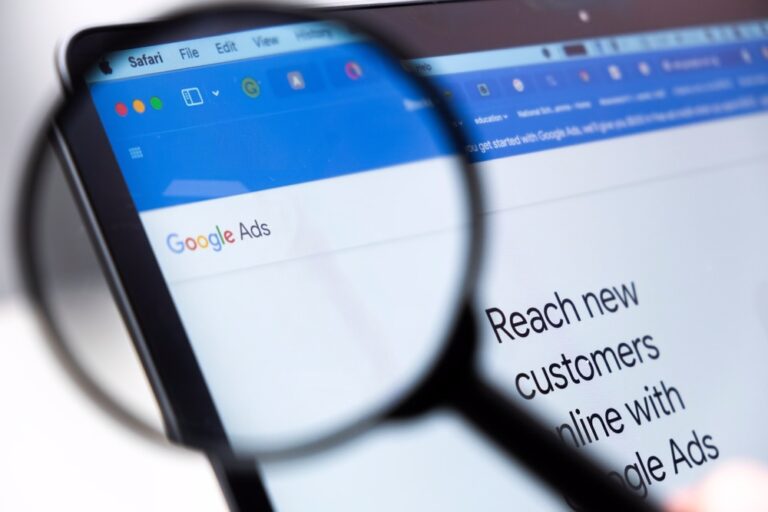Whether you’re a skilled marketer or just stepping into the digital arena, having a digital marketing glossary at your disposal can come in handy. With dozens of acronyms, metrics, tools, and techniques, and new technologies introduced all the time, our comprehensive glossary for SEO and PPC is your go-to resource. Save and share with others for clarity on the essential terms that fuel online visibility, user engagement, and brand success.
SEO (Search Engine Optimisation)
Definition: The practice of optimising a website for improved visibility and ranking on search results. It involves both on-page and off-page techniques.
SEO glossary terms:
- Organic search results: The normal search results displayed based on relevance to the search term, excluding paid ads.
- SERP: Search Engine Results Page, the screen displayed after a search on Google, Bing, etc.
- Keywords: Words or phrases commonly used by searchers to find relevant content.
- Keyphrase: A multi-word search term that drives more precise traffic to a website.
- Keyword research: The process of identifying and selecting the best keywords for SEO.
- Long tail: Longer, more specific keyword phrases with lower competition but higher relevance.
- Meta tags: HTML tags providing information about a web page to search engines.
- Crawling: The process used by search engines to discover and index web pages.
- A/B split test: Comparing two versions of a web page, email, or ad to determine which performs better.
- Algorithm: A method used by search engines like Google to determine search rankings.
- Meta description: A short summary of a web page shown in search results.
- Title tags: The clickable title of a web page in search results.
- Alt tag: Descriptive text for images to improve accessibility and SEO.
- Backlinks: Links from other websites pointing to yours.
- Anchor text: The clickable text in a hyperlink.
- Bounce rate: The percentage of visitors who leave after viewing only one page.
- Engaged sessions: A session lasting more than 10 seconds, involving a conversion event or multiple page views.
- Breadcrumb links: Navigation links showing a page’s position within a website’s structure.
- Canonical: A tag that specifies the preferred version of a webpage when duplicates exist.
- Conversion Rate Optimisation (CRO): Improving user experience to increase conversion rates.
- EAT (Expertise, Authoritativeness, Trustworthiness): Google’s key factors for content quality.
- Voice search optimisation: Adjusting content for voice searches on devices like Siri, Alexa, and Google Assistant.
- Structured data: Organising data on a webpage to help search engines display rich search results.
- CWV (Core Web Vitals): Google’s key performance indicators for page quality:
- Largest Contentful Paint (LCP): Measures loading speed (should be under 2.5 seconds).
- First Input Delay (FID): Measures interactivity (should be under 100 milliseconds).
- Cumulative Layout Shift (CLS): Measures visual stability (should be below 0.1).
- Largest Contentful Paint (LCP): Measures loading speed (should be under 2.5 seconds).
PPC (Pay Per Click Advertising)
Definition: An online advertising model where advertisers pay for each click on their ads.
PPC marketing glossary:
- CPA (Cost Per Acquisition): The cost of acquiring a new customer through PPC.
- CPC (Cost Per Click): The amount paid per ad click.
- Ad rank: Determines the position of an ad in search results.
- Quality score: Google’s rating of ad relevance and landing page quality.
- CTR (Click-Through Rate): The percentage of clicks per ad impression.
- Impressions: The number of times an ad is displayed.
- Conversion rate: The percentage of users who complete a desired action after clicking an ad.
- Search partners: External sites where Google Ads may also appear.
- Conversion tracking: Monitoring actions like sign-ups, purchases, and downloads.
- Remarketing/retargeting: Showing ads to users who previously interacted with your brand.


